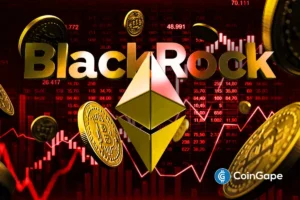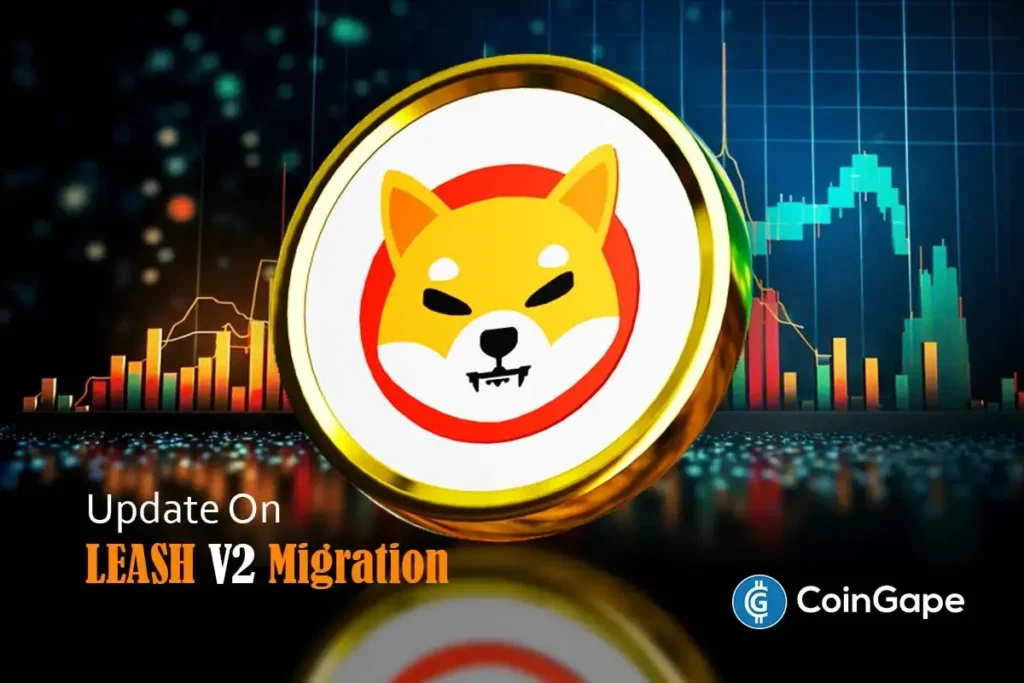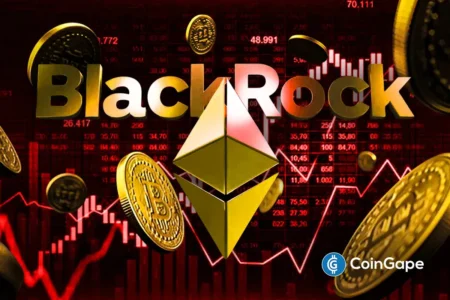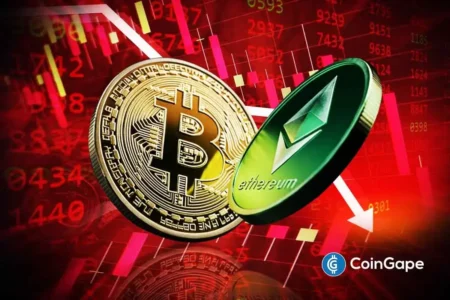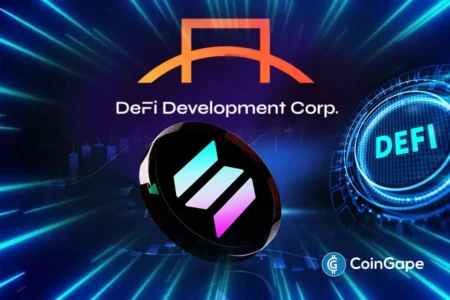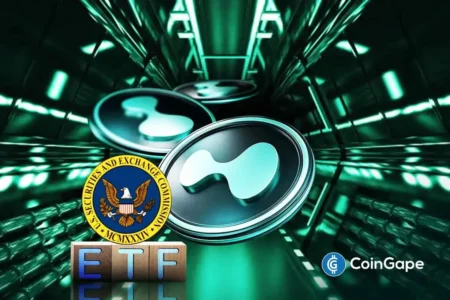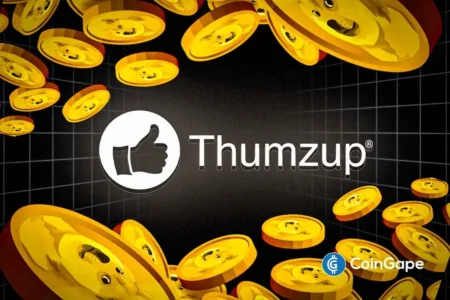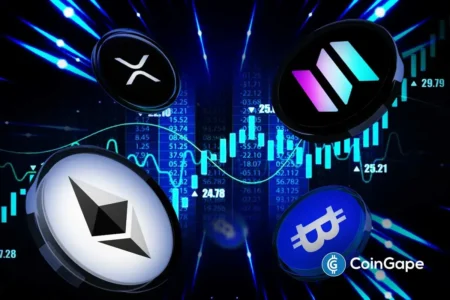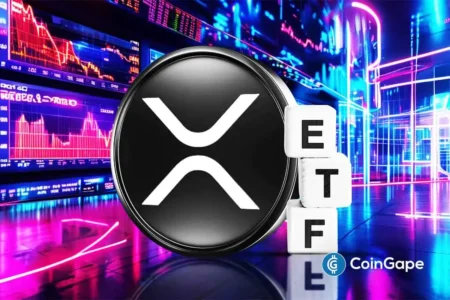Shiba Inu LEASH Token Migration: Everything You Need to Know
The Shiba Inu ecosystem is set to take a significant step forward with the announcement of the migration of its LEASH token to a new version, LEASH V2. This migration, as detailed in a recent blog post by developer Kaal Dhairya, serves as an essential move for enhancing user security and maintaining token integrity. The process aims to ensure that holders and liquidity providers transition smoothly without facing supply dilution.
The Migration Roadmap
Shiba Inu’s LEASH V2 migration will utilize a fixed ratio model, allowing existing holders to transition to LEASH V2 seamlessly. The migration will only involve a predefined supply of tokens that have already been minted and securely stored in a multisig wallet. Notably, this strategy eliminates the risk of new tokens being created post-migration. Any remaining tokens post-migration will be subject to burning, which will help in reducing the overall token supply and potentially increasing value for the remaining tokens.
Security Measures in Place
To fortify the migration process, Shiba Inu has partnered with Hexens, a reputable blockchain cybersecurity firm, to conduct a comprehensive review of the V2 contract and the associated migration protocols. The independent audit has been completed, and the findings will be disclosed alongside the forthcoming mainnet launch. Additionally, the LEASH V2 is designed as a minimal ERC-20 token. Features like ERC20Permit and ERC20Burnable enhance its functionality while simplifying maintenance and auditing processes.
Prioritizing Long-term Holders and Liquidity Providers
Dhairya underscored that protecting long-term holders is a primary objective in this migration. This is being facilitated through targeted snapshots, ensuring that liquidity providers are rightly accounted for throughout the migration. Such measures promote fairness, especially for participants in staking and liquidity pools, cementing Shiba Inu’s commitment to fostering a supportive community for its investors.
Expanding Ecosystem with Cross-Chain Plans
In addition to the migration, Shiba Inu’s developers are eyeing broader horizons with cross-chain plans. Notably, they are exploring expansion to networks such as Base and Solana while confirming that SHIB will maintain its presence on the Ethereum blockchain. This strategic decision is designed to leverage Chainlink’s Cross-Chain Interoperability Protocol (CCIP) framework, enhancing the ecosystem’s overall interoperability and allowing for greater flexibility in transactions and interactions.
Phased Migration Approach
The migration will be executed in three distinct phases. The first phase will cater primarily to holders with self-custody solutions, including participants involved in staking programs such as xLEASH and veLEASH. Liquidity providers on Uniswap V2 and ShibaSwap V1 will also be included in this initial stage. The second phase will shift focus toward liquidity providers utilizing Uniswap V3 and ShibaSwap V2, employing historical liquidity data for the migration process. Lastly, the final phase will address cross-chain users, ensuring that native tokens on the network can be exchanged at a precise one-to-one ratio, thus maintaining value integrity.
The Future of Shiba Inu
As LEASH V2 migration rolls out in its phased approach, Shiba Inu is simultaneously upgrading its ecosystem with enhancements to Shibarium, its Ethereum Layer 2 scaling solution. Noteworthy upgrades aim to boost transaction volumes and offer new tools for users to set up validator nodes and develop on the network. As these changes unfold in the coming days, holders and participants are encouraged to remain patient and reference official communication channels for updates and guidance, ensuring that they stay informed and engaged.
In summary, the migration to LEASH V2 presents a strategic opportunity for Shiba Inu to strengthen its ecosystem, prioritize user security, and embrace cross-chain technology. As excitement builds around this multi-phase upgrade, the Shiba Inu community can look forward to a more robust and secure future.




